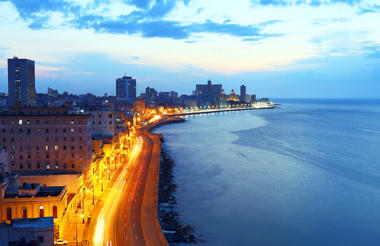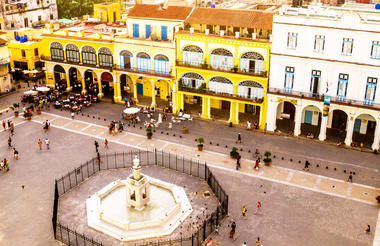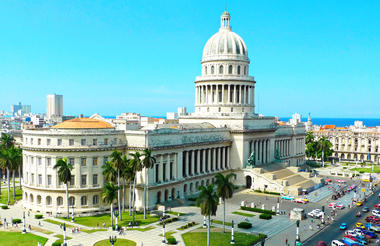As the capital of Cuba, Havana is a remarkably vast, sprawling metropolis. The city’s compelling history is reflected in the astonishing diversity of its architecture, its multicultural inhabitants, and its exotic and eclectic cuisine. The Old Town remains a remarkably well-preserved colonial centre. It is characterised by an exquisite hotchpotch of architectural styles, of opulence and decay, socialism and capitalism, the past and the present. Imperial mansions have been converted into modern tenement buildings, government agencies find homes in eighteenth-century convents and the nostalgic classic American cars for which the city is known share Havana’s lively streets with the latest models of BMW and Mercedes. While the UNESCO-funded restoration programme has introduced a modicum of modernity into the city, Havana has managed to retain its wonderfully quirky cultural heritage, its unique character, and its undeniable charm.
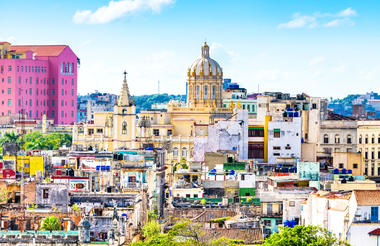
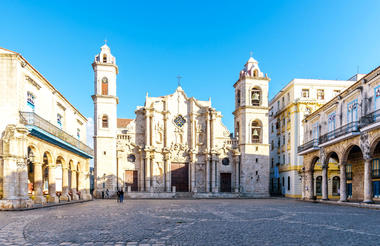
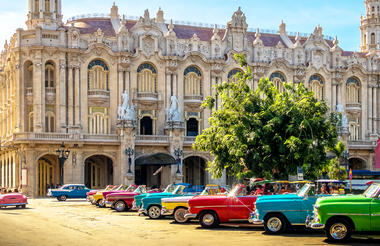
On Cuba’s spectacular Caribbean coast, sandwiched between the pristine white sand beaches of Player Ancon and the towering Sierra Escambray mountain, lies the impossibly pretty town of Trinidad. This perfectly preserved Spanish colonial town is centred around the bustling Plaza Mayor, a historic plaza and an open-air museum of colonial architecture. The city’s charming old town is a UNESCO World Heritage Site featuring a glorious maze of narrow cobbled streets lined with pastel-coloured houses and impressive colonial-era edifices such as the Santísima Trinidad Cathedral and Convento de San Francisco. Visitors can look forward to exploring the glittering Palacio Brunet which houses the impressive Museo Romantico; browsing the lovely artisan street markets; or discovering the breathtaking wildlife and waterfalls of Topes de Collantes, an enormous nature reserve just beyond the city.
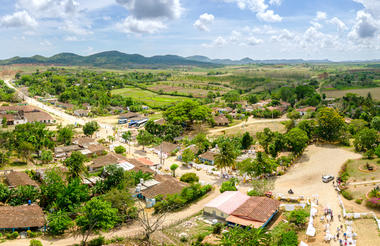
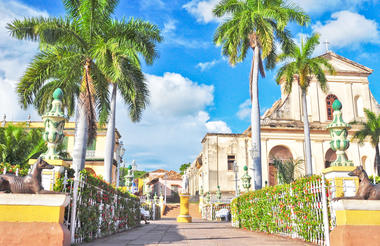
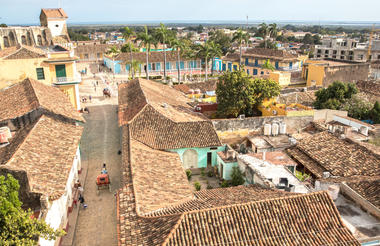
As previously described
